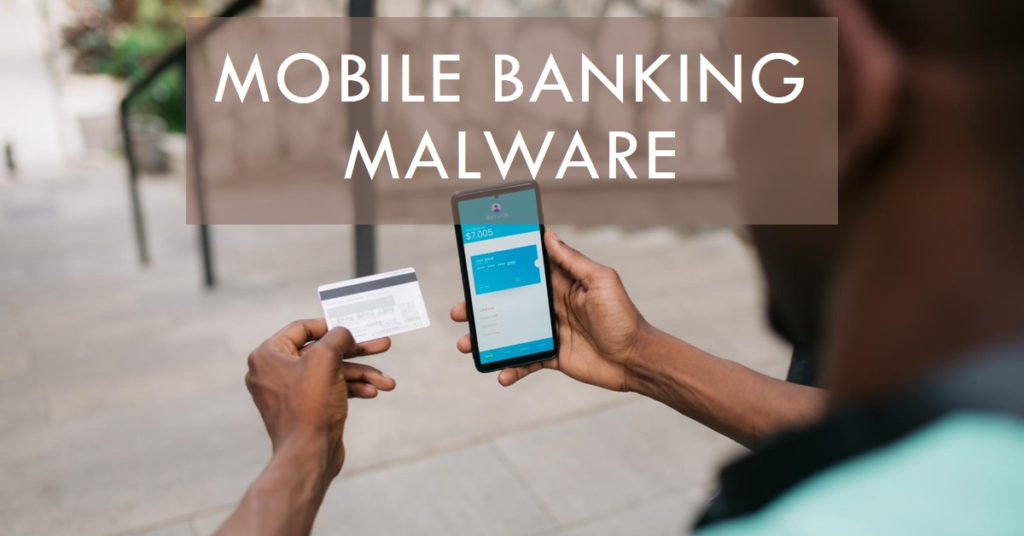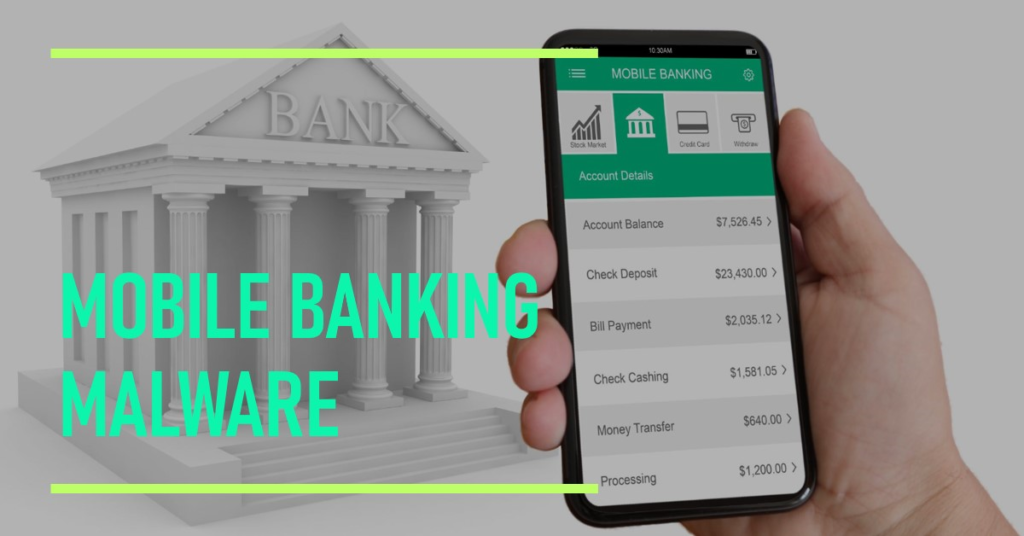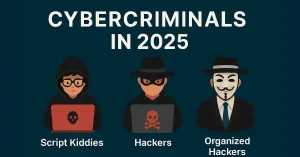In today’s fast-paced world, mobile banking is vital. It offers easy access to our financial information. But with this convenience comes a significant risk: mobile banking malware. This malware tries to steal your personal and financial information. It often does so without your knowledge. Let’s explore mobile banking malware. We’ll cover what it is, how it works, and how to protect yourself.
What is mobile banking malware?
A recent Kaspersky report found that mobile banking malware attacks rose 32% in 2023. This rise is about. More people are using mobile banking apps. Cybercriminals are getting smarter and more sophisticated with their tactics. This issue isn’t limited to one region; it’s a global problem affecting people of all ages and tech skills. As mobile banking continues to grow in popularity, more criminals will likely try to exploit it. You can explore the article on Top Cybersecurity Threats and Trends in 2024 for more insights on cybersecurity threats and trends.
How does mobile banking malware work?
Mobile banking malware spreads via phishing emails, fake apps, or malicious websites. The fake apps mimic real ones. The malware hides in the system after installation. It waits for you to log into your banking app or enter sensitive information. A common tactic of these malicious apps is to create a fake login screen that looks identical to your bank’s app. When you enter your credentials, they go to the cybercriminals. They can then access your account and steal your funds. Mobile banking malware also intercepts SMS messages. Many banks use SMS-based two-factor authentication (2FA) to verify transactions. Cybercriminals can bypass this security measure by intercepting these messages. They can then access your account.

The Growing Threat of Mobile Banking Malware
A recent Kaspersky report found that mobile banking malware attacks increased by 32% in 2023. This increase is worrying. It’s happening because more people are using mobile banking apps, and cybercriminals are getting better at their tricks. Mobile banking malware is a global issue. It affects people everywhere, regardless of age or tech skills. Understanding IoT Attacks can provide further context on related cybersecurity threats. As more people use mobile banking, more criminals will try to take advantage of it.
Real-Life Example: A Wake-Up Call
Consider Jane. She is a tech-savvy professional who relies on her mobile banking app to handle transactions. She installed a malicious app that secretly stole her login credentials. After seeing unauthorized transactions, she realized that someone had compromised her account. This incident shows how stealthy mobile banking malware is and the need for vigilance.

Protecting Yourself from Mobile Banking Malware
Mobile banking malware is a growing threat. But you can protect your financial information.
- Download Apps from Trusted Sources: Only download apps from trusted sources, like the Google Play Store or Apple App Store. Avoid getting apps from other websites.
- Keep your device updated: Regularly update your device’s OS and apps to ensure you have the latest security patches. Outdated software can have vulnerabilities that malware can exploit.
- Use Strong Passwords: Make strong, unique passwords for your banking apps. Replace them frequently to prevent stagnation. Avoid using easily guessable information, such as birthdays or common words.
- Enable Two-Factor Authentication: Enable two-factor authentication (2FA) for your banking apps whenever possible. This adds security. It requires a second verification form, like a fingerprint or a temporary code.
- Beware of Phishing Attempts: Be cautious of emails requesting personal or financial information. Legitimate companies will never ask for sensitive information via email or text.
- Install security software: Consider installing good security software to detect and block malware. Many security apps offer real-time protection and can alert you to potential threats.
- Check Your Account Regularly: Look for suspicious transactions in your bank statements. If you notice anything unusual, contact your bank immediately. For more information on enhancing your cybersecurity measures, explore 8 New Cybersecurity Tools.
Conclusion
Mobile banking malware is a growing threat that demands our attention. Cybercriminals are getting more sophisticated. We must stay vigilant and protect our personal and financial information. By knowing the risks and using the tips above, you can enjoy mobile banking’s convenience. But you won’t sacrifice security. Stay informed. It’s your best defense against cyber threats. Take action today. Update your apps. Check your account statements. Share this article with friends who use mobile banking. Stay safe!
FAQs
Q: What is mobile banking malware?
- It is malicious software. It targets mobile devices to steal sensitive information, like logins and bank details.
Q: How can I protect myself from mobile banking malware?
- To protect yourself, only download apps from trusted sources. Keep your device updated. Use strong passwords. Enable two-factor authentication. Install security software.
Q: What should I do if I suspect my device is infected?
- If you suspect an infection, change your passwords. Then, contact your bank and run a security scan with a trusted antivirus app.





